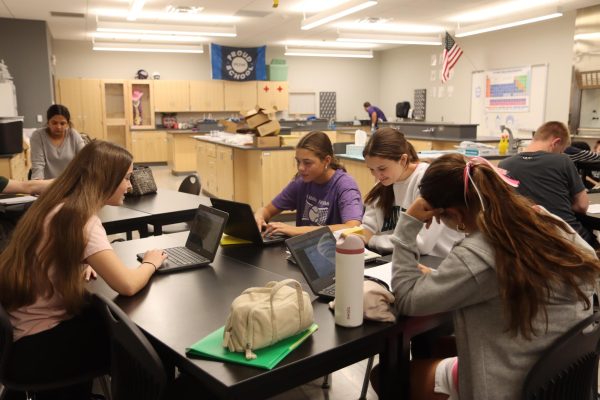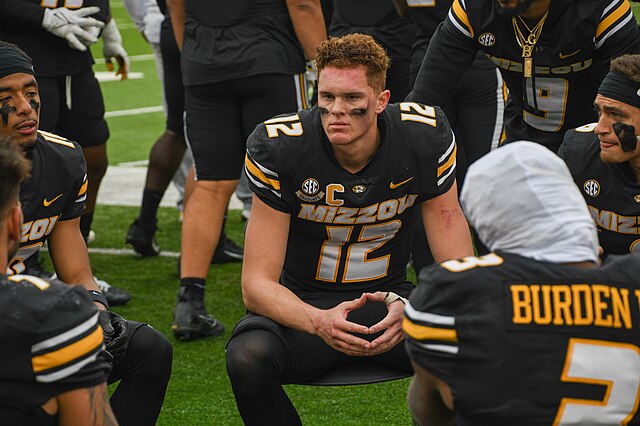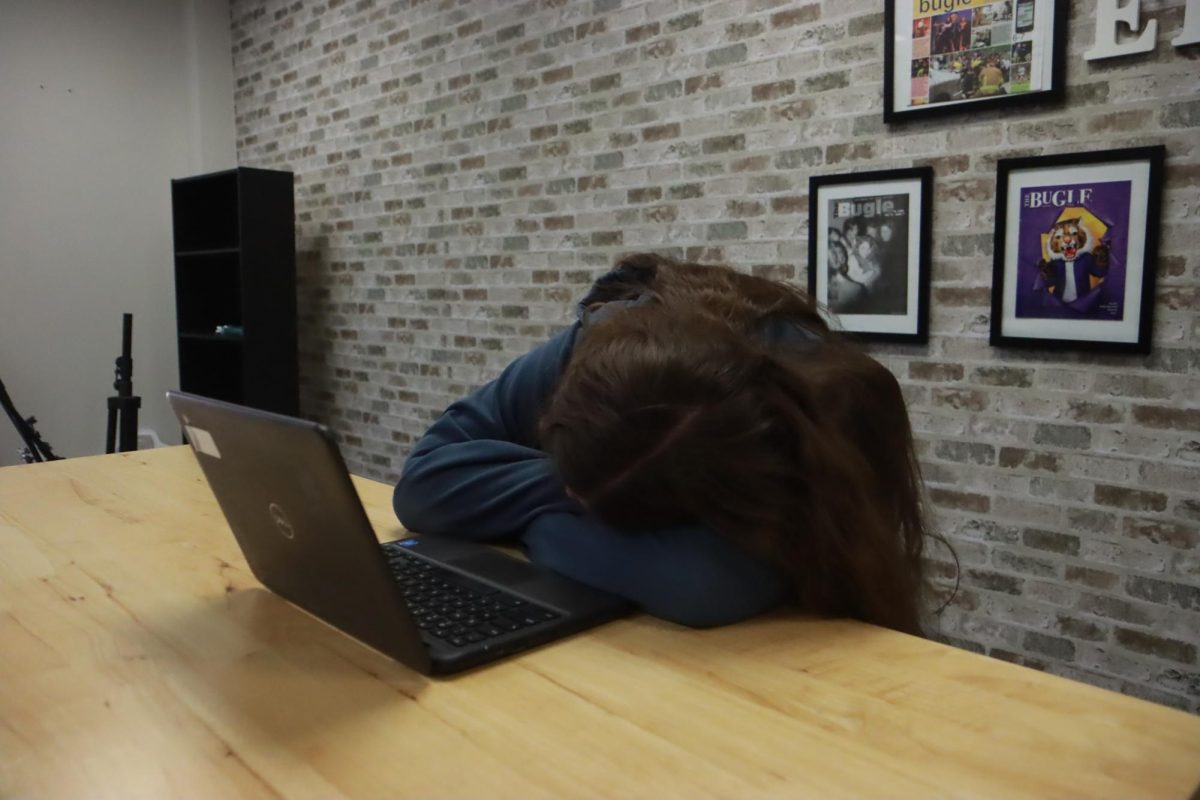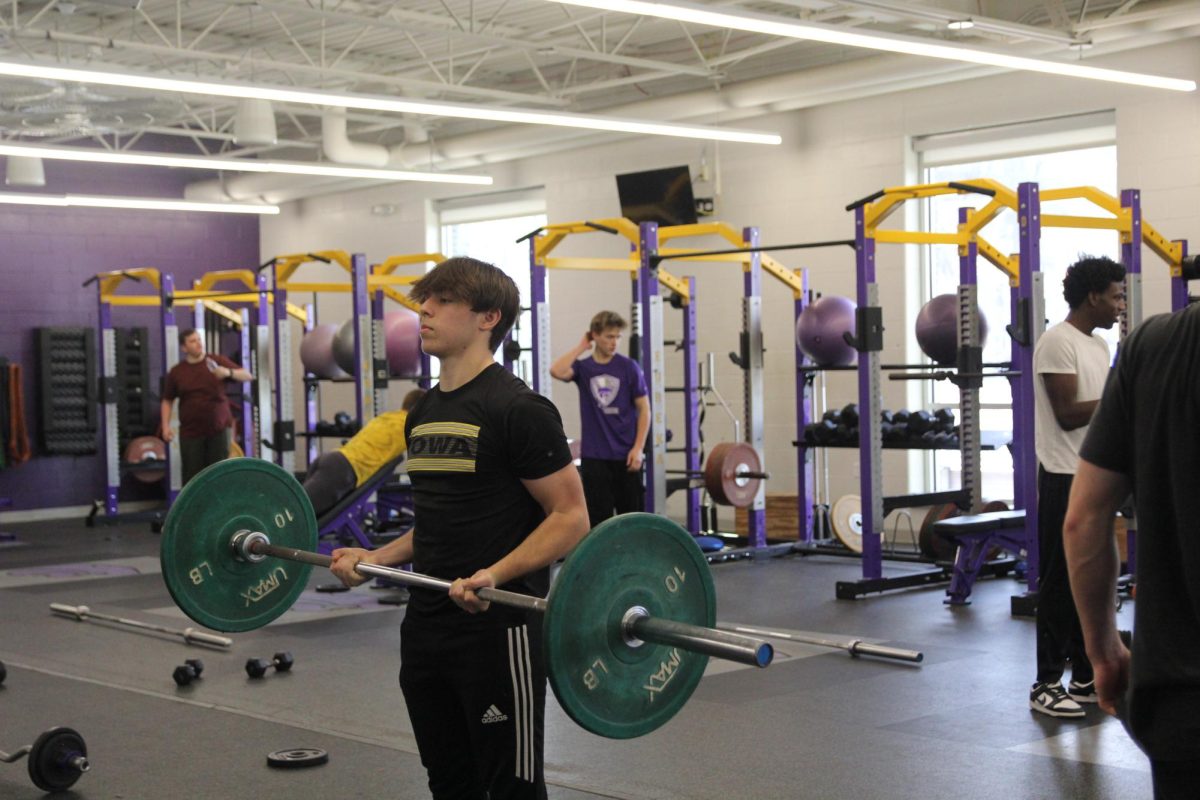On July 9, 2025 Senate Bill No. 68, along with 12 other bills, was signed into law by Governor Mike Kehoe. Under Section 162.207, cellphones are prohibited from use at all times from the start to end of the school day, including being used in the hallways and at lunch.
There are exceptions, such as emergencies including but not limited to the event of an active shooter(s), fires, tornadoes, earthquakes, evacuations and medical emergencies along with the exception of being able to use a cellphone for a disability, a medical purpose or a particular learning purpose.
In addition to the phone regulations, any device that can be defined as an “electronic personal communications device,” which in the summary Senate Bill No. 68 on the Missouri Senate website, the devices are described as “a portable device that is used to initiate, receive, store or view communication, information, images or data electronically”.
School districts and charter schools are required to have a written policy regarding cellphones that honors the new laws. Rockwood’s new policies began on Aug. 18, the first day of the 2025-2026 school year, and requires phones and ear buds to be kept turned off and away in backpacks throughout the duration of the school day unless a teacher gives specific permission. Smart watches are allowed to be worn, but can only be used to check the time and nothing else.
The strict technology policies sparked debate not only between students, but also between parents and even teachers. While most agree that phones shouldn’t be used during class time, parents expressed concerns about their child needing the ability to text their parents in regards to means of transportation, practice changes, sickness and so on. In addition, students have questioned why they can’t use phones outside of instructional time, such as at lunch or during passing periods.
Some teachers have already witnessed positive outcomes that not having access to phones can be beneficial to students’ social wellbeing. Language Arts teacher P.J. Arway has already seen more socializing in his classroom.
“On the first day of school we had two or three minutes left in first hour, and as all freshmen they legitimately sat there and talked to each other. I stood in front of the room and I was like, I don’t remember the last time where the students always talk to each other, but it was sitting down and just having casual conversation,” Arway said. “I’m going, man, last year everyone would have their phone out right now. I have noticed there’s been a couple of instances like that.”
The phone ban has helped students not only socially, but also with increased focus in and outside of school hours. Language Arts teacher Andrew Gensler has already seen improvements within his own classroom.
“As a person who teaches freshmen, I will say that they seem much less distracted in class, and are more attentive to what is going on in the actual lesson,” Gensler said.

Emmy Seiler,11, also has seen more improvement in her work ethic and focus outside rather than just in school.
“I think it’s definitely helped, but I think junior year is also just more challenging classes overall. Though I think, at home, it’s easier to take my phone away and get more work done,” Seiler said.
While decreasing screen time outside of school wasn’t listed as a reason to implement the phone ban, it can benefit students overall wellbeing, now but also in the long run. Since many classes have homework, students having the ability to put their phone down and focus outside of class is crucial to their success. The phone ban has created an opportunity to increase that focus.
Although, some students have experienced challenges and frustrations with the tightened policy.
“I’ve seen a lot of anxieties about the phone ban, not necessarily a negative impact on my grades or education, but more so anxieties around what’s going on in our country with school shootings and people worrying that the phone ban will impact their ability to contact parental figures,” Mars Corbett, 11, said.
These concerns about access during an emergency have been echoed by others. Recent school shootings in the U.S. sparked conversation and social media discussion about access to phones during an emergency at school. The legislature states that in case of an emergency, phones are permitted to be used by students.
The JED Foundation, a non profit dedicated to mental health for teens, published information about how to cope with anxieties about phone bans at school. Among the recommendations are understanding why the policy was changed and staying connected to what matters.
While adjusting to the change, many teachers and some students have noticed that the phone policy has benefited the overall learning environment and focus.
“I do believe that even just in the short time, students are more focused. I won’t say 100% focus, but students are more focused because they don’t have that easy distraction,” Arway said. “For years, it’s been if my mind wanders just a little bit, just reach in my pocket and take out my cell phone. Now that’s not an option. So it’s not a foolproof plan. There’s still ways to distract yourself, but in all honesty, there’s one major distraction that’s no longer an option.”
Whether the new policy is popular or not, the phone ban will continue to be enforced throughout the school district unless the law is changed.
“I know that this is not popular with the student body, and I know it’s something we’re getting used to and it feels forced because it’s a law, but in all reality, this is something teachers have been discussing and wanting to be integrated into schools for years,” Arway said. “We’ve seen the negative impact on the educational platform that cell phones have created for years, and now there’s just data to back it up. So they made a law. In all honesty, as much as students probably don’t want to hear it, this is in their best interest.”























